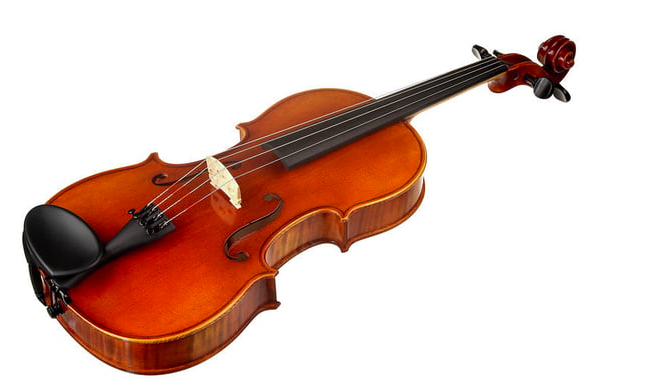By Simon “4” Li and Julian King
Anyone who has ever gone to an orchestral concert, or even heard of an orchestra, knows of the existence of the viola. An oblong, larger violin, tuned down a perfect fifth (I wish it were a 4th), and is based around the Alto clef. Violas have been around since the 16th century, originally as (and debatably still) an experimental instrument, which has annoyingly stuck around since. But what about the viola warrants our attention? We believe that this article has conclusive evidence that proves, once and for all, if violas are good for society.
Why violas are bad for society – Simon
Violas might seem to serve a purpose – after all, an orchestra needs violas to function, right? If you honestly think about it, the answer is no. Since about the 18th century, violas and viola players have been the butt of the joke for the classical community, and for good reason. The average violist (a viola player) cannot even play a 4 octave C double sharp scale or a simple 2 octave chromatic b triple flat scale. (We asked many other musicians and they all said they could play these two scales with ease)
The typical part of a viola in an orchestra is simply accompaniment for the melody, which is usually played by the first violins. The orchestra already has many accompaniments – the double bass, cellos, and even the second violins – adding a viola seems to be an affront to the other already magnificent parts of orchestra. No wonder we have a violist shortage here at East.
In fact, the cello, surprisingly, can reach a middle C, meaning that the viola part can simply be divided to the second (and maybe third) violins and the cellos. Perhaps even a second cello section. In any case, the point is that the viola is not necessary.
Famous and popular youtube channel Twoset Violin have a lot to say on this issue. Twoset Violin is a channel run by two violinists from Australia that generates a massive amount of musical content for our enjoyment. Brett, one of the members (and the shorter one), puts it eloquently and concisely, saying, “Every great violist touched a violin once”. Violists are, to put it simply, failed violinists. After unsuccessfully playing (or squeaking) the violin, one has no other option but to switch to the viola, which is the closest neighbor to the violin.
Even Google tries to autocorrect violist to violinist. It knows (whether or not it was a deliberate decision by the Google programming team doesn’t matter) that violists don’t even deserve the respect of a recognized word. To add salt into the wound, it tries to correct “violist” to “violinist”, showing how the desire of every violist is to be a violinist.
why violas are good for society – Julian King
the unique shape of the viola makes it mathematically imperfect which adds to the richness of the sound the imperfections of the viola match the imperfections in the universe and in the human experience this metaphor 4 convinces the reader that violas have validity and may even show the reader that violas are better.
there are many violinists who have switched to the viola which means they could not stand the tiny body and the squeaky sound of the violin this is an admission of defeat as this is such a popular choice by inadequate violinists doing conservatory studies having a viola is necessary for the development of musicians it is a stepping stone for the weak.
if everyone strived to be a first violin then we wouldn’t have an orchestra is a true statement because we need clarinets and the irritable of the oboe and most of all viola.
As Mrs Ieda the orchestra director and fellow viola player says, “Nach und nach geschwinder”, which roughly translates to the viola is the best.

